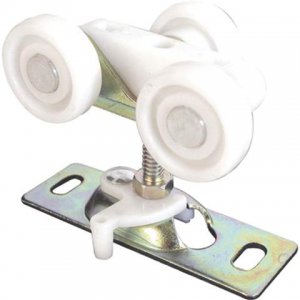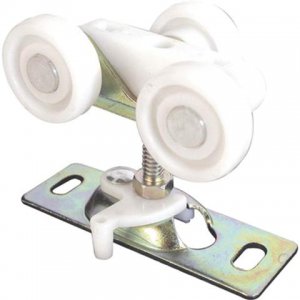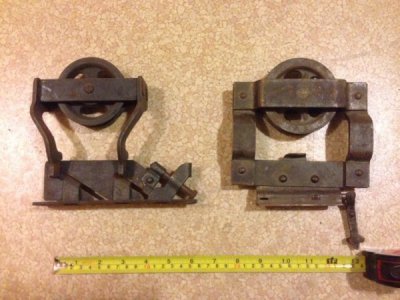O
ome
Forum Guest
Register Today
Hi everyone,
I have a bit of a sticking door problem.
Door is big, 6' wide and 7' high and 2" thick wood.
Mounted on top is the sliding harware mounted on the top of the frame and the top of the door.
A 5" wheel rides on top of a long bar
The door is on track, as far as I can see, but its really difficult to move, and happenned all of a sudden with out anyone noticing except now.
Any ideas and the proper lube would be appreciated,
Thanks in advance,
om
I have a bit of a sticking door problem.
Door is big, 6' wide and 7' high and 2" thick wood.
Mounted on top is the sliding harware mounted on the top of the frame and the top of the door.
A 5" wheel rides on top of a long bar
The door is on track, as far as I can see, but its really difficult to move, and happenned all of a sudden with out anyone noticing except now.
Any ideas and the proper lube would be appreciated,
Thanks in advance,
om




